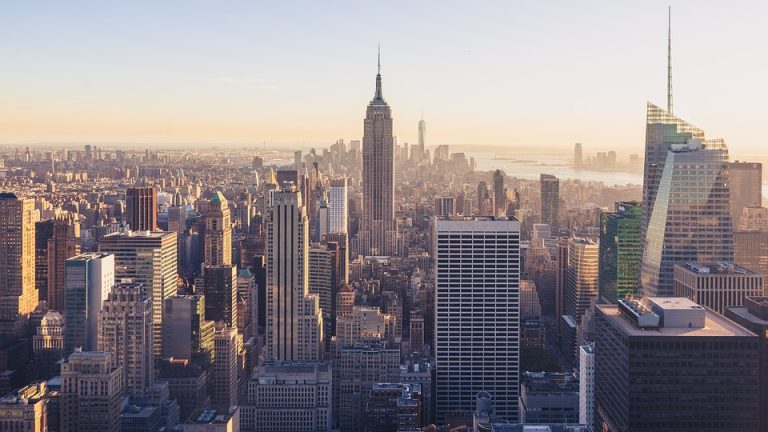The Rise of Faux Plants: Why Artificial Greenery is Taking the Design World by Storm
In recent years, there has been a significant shift in the world of interior design as artificial greenery has gained popularity and become a major design trend. Faux plants and flowers are now being used in homes, offices, and public places as a way to bring the beauty of nature indoors without the hassle of maintenance and care that comes with real plants. So, why has artificial greenery become so popular, and what is driving this trend?
One of the main reasons for the rise of faux plants is the improvement in their quality and appearance. The artificial plants available today look incredibly realistic, with lifelike textures and colors that closely mimic their living counterparts. In fact, many people struggle to tell the difference between real and artificial plants, making them an attractive option for those who want the look of greenery without the commitment to care for living plants.
Additionally, the convenience and low maintenance of faux plants make them an appealing choice for many. With artificial greenery, there is no need to worry about watering, pruning, or providing the right amount of sunlight, making them the perfect option for busy individuals who don’t have the time or the green thumb to care for real plants. This has made artificial greenery a popular choice for offices, restaurants, and commercial spaces looking to bring a touch of nature indoors without the upkeep.
Beyond the practical benefits, faux plants also offer a wide range of design possibilities. They can be used to create stunning statement pieces, add a pop of color to a room, or bring a touch of nature into urban spaces where real plants may not thrive. Additionally, artificial greenery can be used in areas where real plants are not practical, such as in rooms with low light or high traffic areas where real plants may be easily damaged.
Another driving factor behind the rise of faux plants is the growing awareness of sustainability and the environment. At a time when climate change and environmental concerns are at the forefront of public consciousness, many people are turning to artificial greenery as a more eco-friendly option. By choosing faux plants over real ones, individuals can reduce the demand for water, pesticides, and transportation associated with the production and care of real plants.
In conclusion, the rise of faux plants in interior design is a trend that shows no signs of slowing down. With their realistic appearance, low maintenance, and design versatility, artificial greenery has become a popular choice for both residential and commercial spaces. As awareness of environmental sustainability grows, faux plants offer a more eco-friendly alternative to real plants, making them an attractive option for those looking to bring the beauty of nature indoors without the hassle. Whether used as a focal point or as an accent, artificial greenery has become an essential element in modern design, adding a touch of green to any space.

